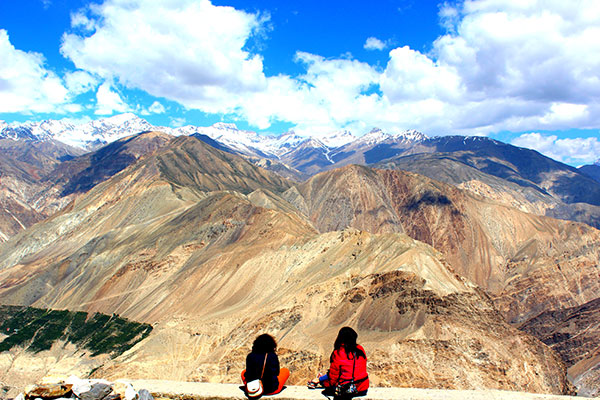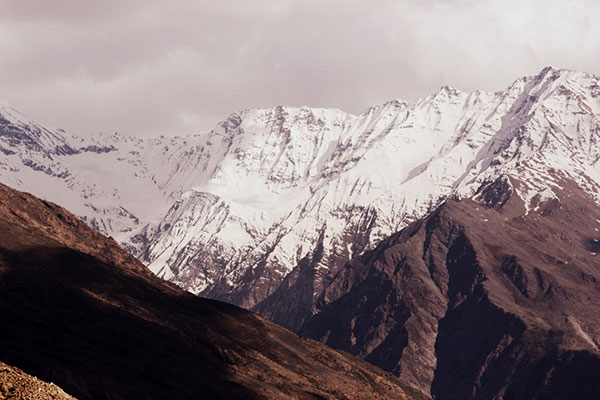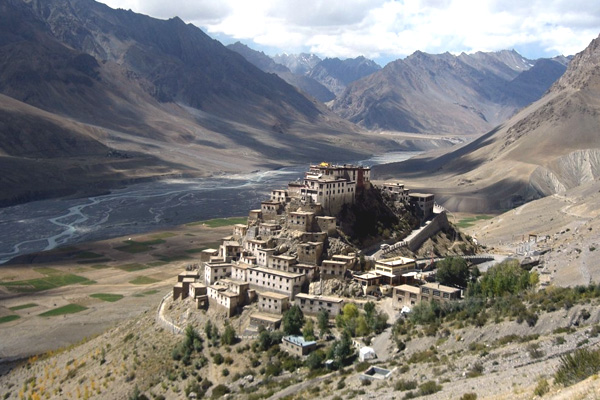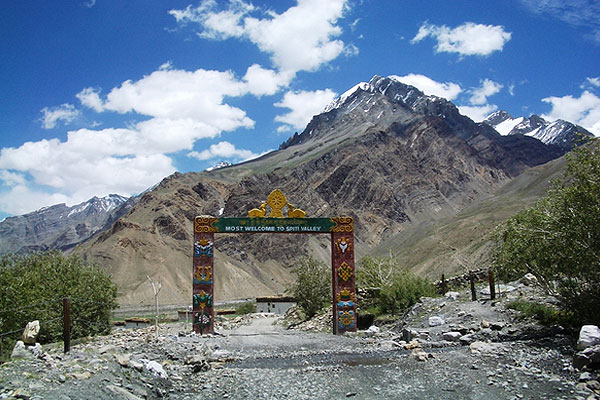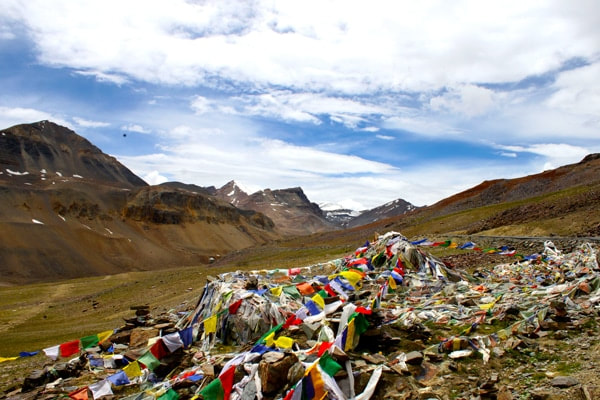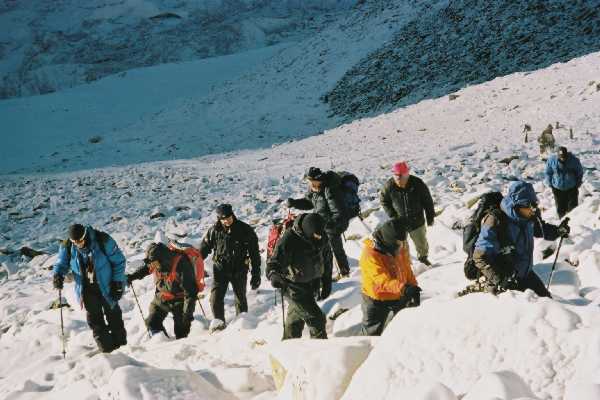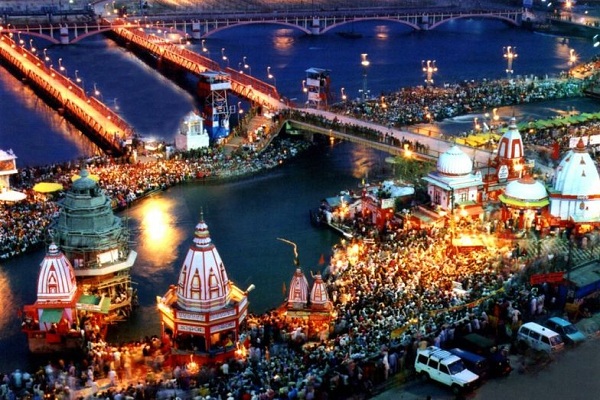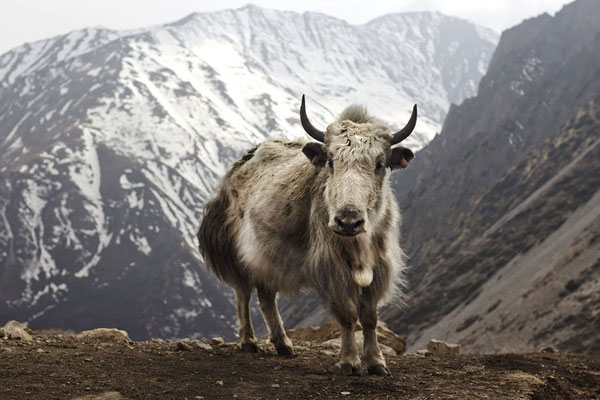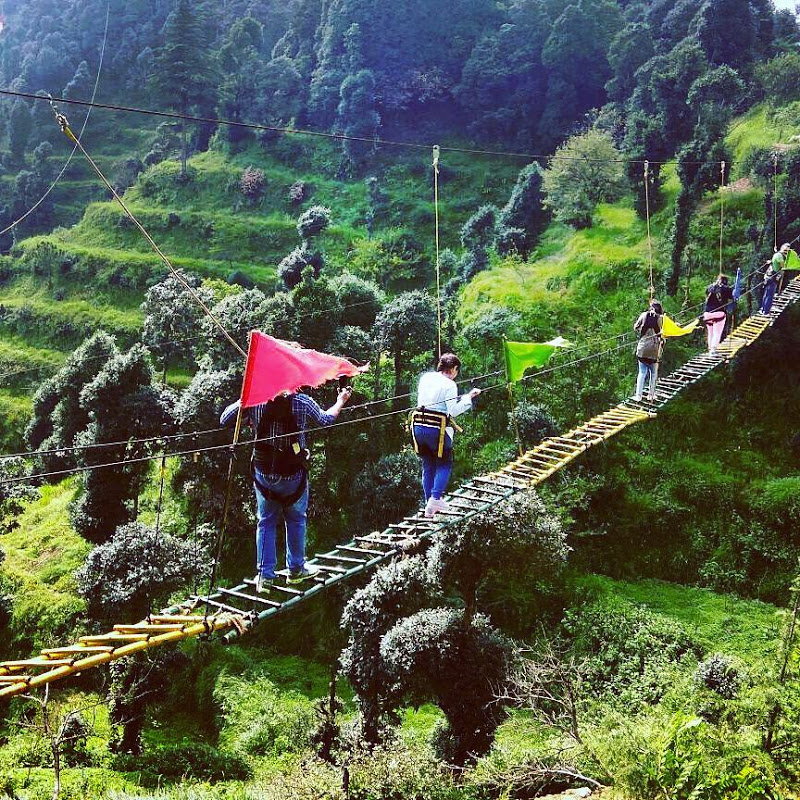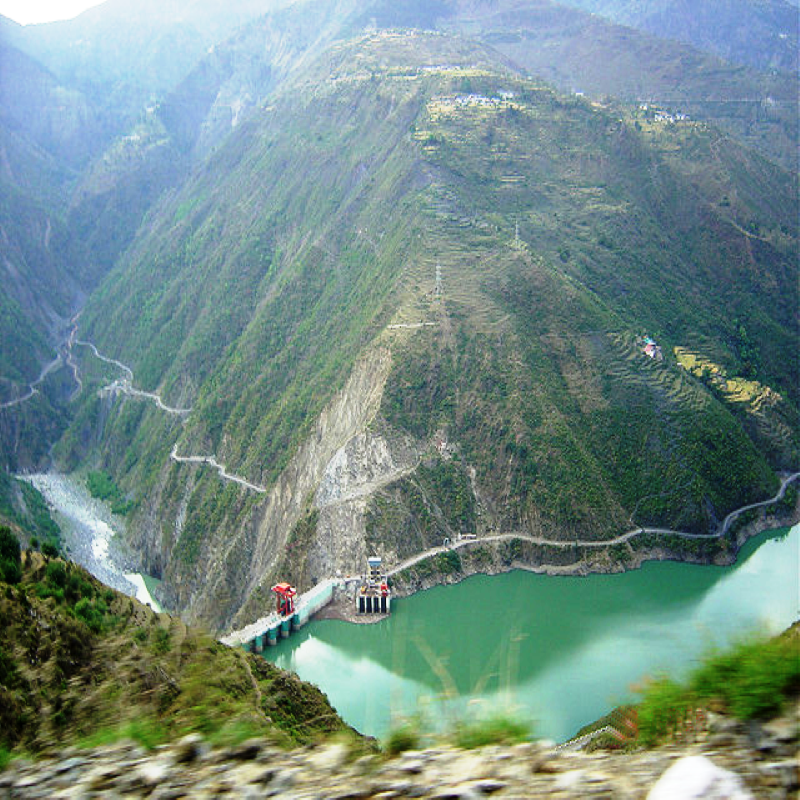Spiti: Drive-Cum-Trek
The children of Spiti in north-west Himachal get their first toys to play with from nature. These are fossil mollusks and ammonites, precursors to the marine life in our oceans. Embedded in the bed of the Spiti river is evidence of the Tethys sea that existed at the place where the Himalayan stands today. Spiti is far away from everywhere. Because of its proximity to Tibet, it existed behind the forbidden 'inner-line'. Now entry permits are available from Delhi, Shimla, and Kullu. The approach to Spiti, however, is restricted because of its isolation. Spiti lies between Ladakh, Tibet, Lahaul, Kullu, and Kinnaur. After Independence it became a part of Punjab and later, a district of Himachal Pradesh. The Ki monastery, the largest in Spiti, is an hour's drive from Kaza, the administrative headquarters. It was invaded umpteen times by the Mongols in the seventeenth century and then the Ladkahis, Dogras, and Sikhs in the nineteenth. Ki has a collection of sacred Buddhist paintings or sacred Buddhist paintings or thangkas said to be two hundred years old. There are frescoes on Guru Padmasambhava, a collection of old weapons, and a couple of three-metre-long trumpets.
Duration: 04 Days (walking) & 06 - 07 days of driving.
Best time to Trek: From Shimla, approach as early as mid-April and exit the Spiti Valley as late as mid-November as there is no high pass to negotiate. From Manali, the Rohtang Pass and the Kunjum La restrict the visit from about mid-June to early October, depending on the snow conditions on these passes.
ITINERARY
Day 01: Spiti - Langja
Day 02: Komik(Thangyud)
Day 03: Manali
Day 04: Manali (Return Back)
Travel Tips and Important Views
Getting There : You can easily reach there and options are: Start Drive from Delhi to Manali or from Shimla. From Shimla, a two-day drive will lead you into the Spiti valley up to Tabo monastery. From Manali, a two-day drive will get you to Kaza. Spend a few days exploring the monasteries of Tabo, Dhankar, and Ki before starting the trek.
Getting There : Yang La at (16,000ft/4,876m) and the highest campsite is at Demul at 14,700ft/4,480m. If driving in from Manali, the highest point reached is the Kunjum La at 14,932ft/4,551m.
Highlights of this trek : The monasteries at Tabo, Dhankar, and Ki will come on the drive, and the gompas at Komik on the trek. It is high altitude trek, yet an easy one since it is mostly over fossil-strewn trails. The trek has spectacular mountain vistas.
Medical Assistance & Emergency : Manali and Shimla are the last stops. The spiti valley is connected by phone but once on the trek, no medical or rescue facilities is available.
Support Services on the Trek : Very few pack mules and horses available at Langja, the road head, so they must be arranged for in advance. Must be totally self equipped, no facilities on the trail. Food can be bought in Kaza but camping equipment is available only in Manali or Shimla.


